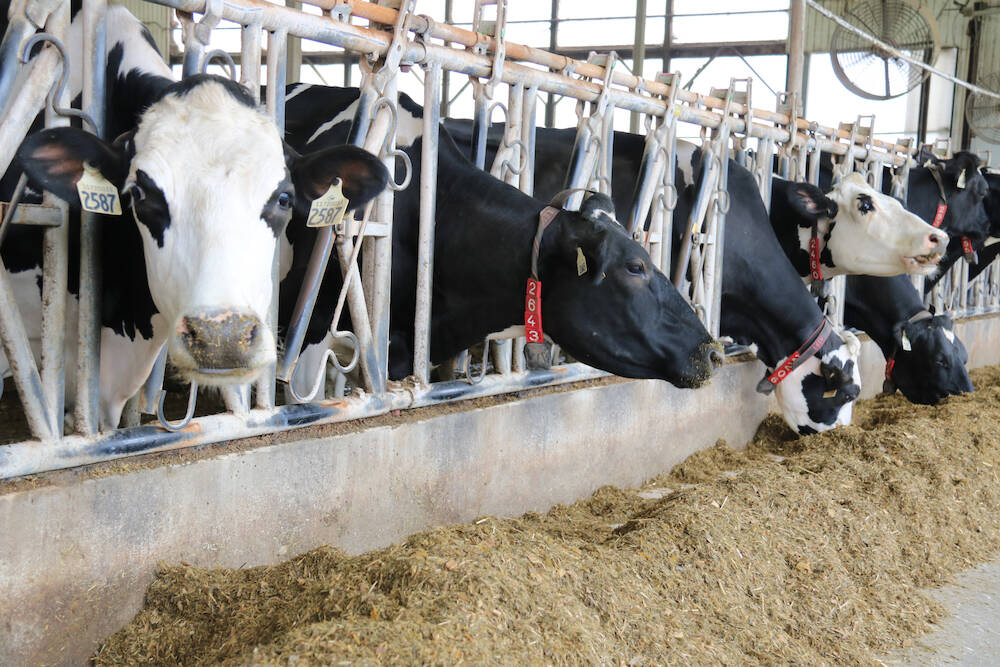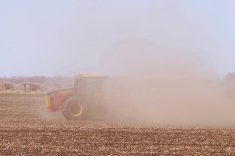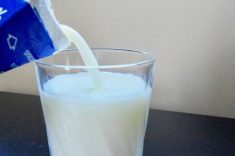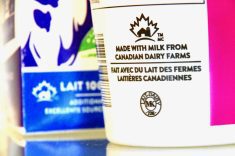The Senate needs to do the right thing and pass Bill C-282 to prevent future trade negotiators from bargaining away more of Canada’s supply managed dairy, poultry or egg markets, currently served by Canadian farmers and benefiting the Canadian economy and food system.
Canada’s supply management system was developed by farmers working with governments to solve real-world problems: overproduction, waste, volatility, inefficiency, shortages, quality issues and exploitation. Canada’s solution is elegant, simple and has stood the test of time.
Even though supply management does not set retail prices — that’s up to grocers — statistics show that overall grocery prices in Canada went up faster than retail milk prices over the past 10 years. Supply management also ensures farmers have the stability to invest in long-term improvements like energy efficiency and animal welfare, hire workers and pay for services and products locally, and pass their farms on to the next generation directly or through new entrant programs.
Read Also
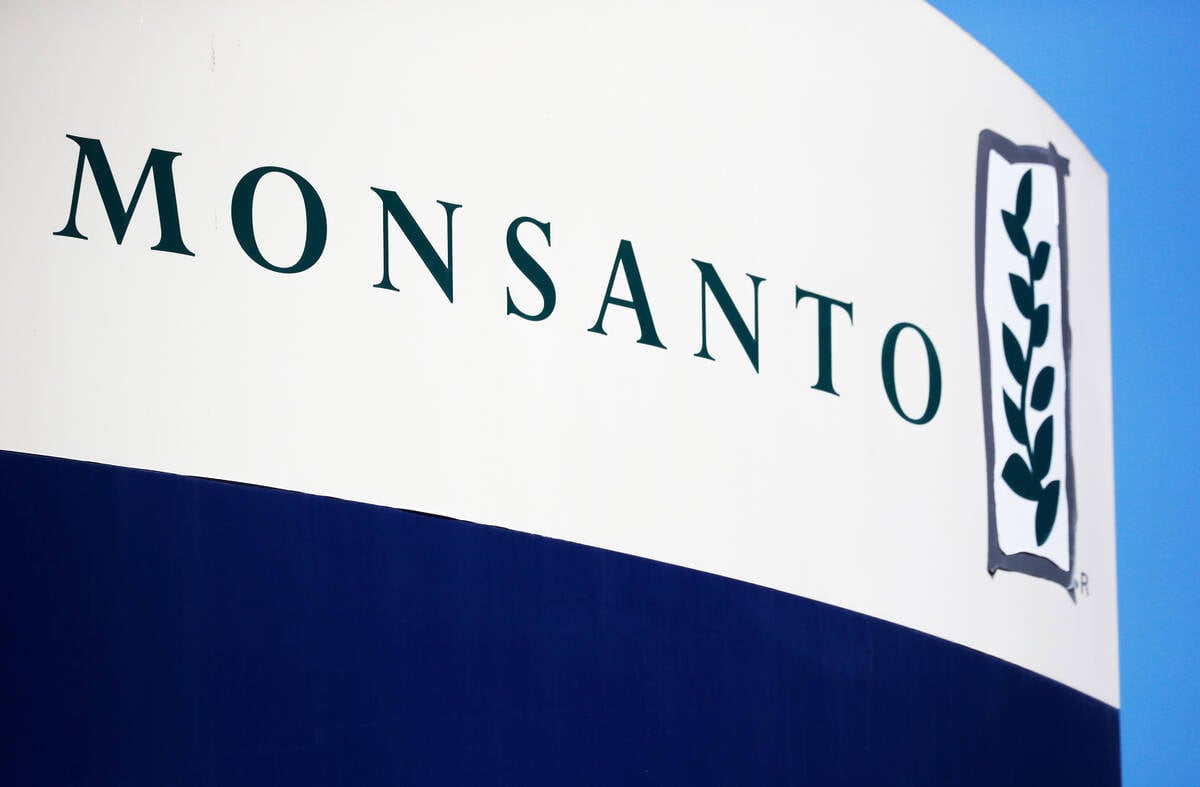
Roundup retraction makes public trust ripples
A foundational study on glyphosate safety was recently retracted, while Roundup maker Bayer has already said it may ditch the key agricultural herbicide after lawsuits piled up.
Supply management stands upon three pillars: production discipline (to prevent both over-production and shortages), cost of production farm gate pricing (based on actual data to ensure farmer incomes are provided through the market, not government subsidies) and import controls (to ensure supply and demand are balanced).
All three are necessary. Passing Bill C-282 would uphold the import control pillar.
Opponents of Bill C-282 believe Canada’s trade negotiators must have access to all possible concessions, even if that means putting Canadian farmers out of business, taking economic engines out of rural communities, jeopardizing the quality and security of our food system and weakening our food processing sector.
Strangely, Bill C-282’s most vocal opponents already operate in a largely tariff-free global trading environment, and some do not even use the market access they have gained.
Until the World Trade Organization was established in 1995, Canada had hard limits on dairy, poultry and egg imports. Under the WTO, tariff rate quotas allow a certain amount of imports tariff-free, but above that threshold, high tariffs apply, making further imports uneconomic.
Trade agreements including CPTPP, CETA and CUSMA negotiators added more TRQs for dairy chicken, turkey and eggs, which our trading partners have fully utilized. As a result, 18 per cent of Canada’s dairy products and nearly 11 per cent of Canada’s chicken is now imported. Most of these imports come from the U.S.
When consumers buy imported dairy, poultry and/or eggs, their grocery dollars leave Canada, which means we lose the positive spin-offs that happen when consumers buy Canadian-produced products.
Some people believe international competition would reduce prices for consumers. However, retail prices are set by grocers.
After the European Union, United Kingdom, Australia and New Zealand deregulated their dairy sectors, farmers quickly ramped up production, hoping to sell more. The result was that supply greatly exceeded demand and farmgate prices crashed. The lower the price, the more volume is needed to maintain revenues, but overproduction keeps pushing prices down in a vicious circle.
American commercial poultry production operates on a massive scale, where contracted farmers are at the mercy of giant processing corporations that dictate the terms of production, control access to the market and offload all risks and debt.
Supply management is a uniquely Canadian triumph that has proven itself over 50 years. Using our supply managed market as a trade bargaining chip is a lose-lose proposition.
Phil Mount is the vice-president of operations with the National Farmers Union. He grew up on a dairy farm in Eastern Ontario, raises mixed Katahdin sheep and runs a mobile food grill as part of a family farm operation.

